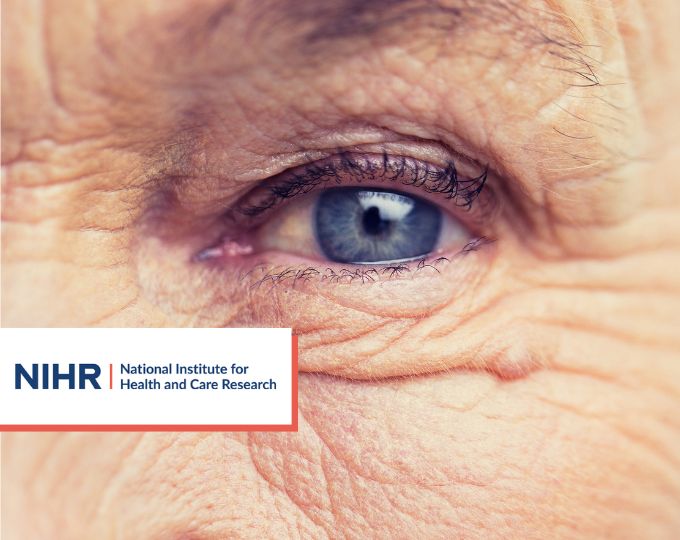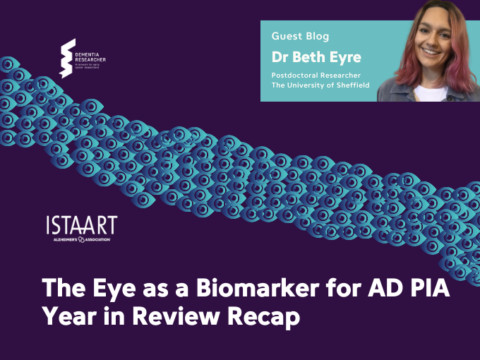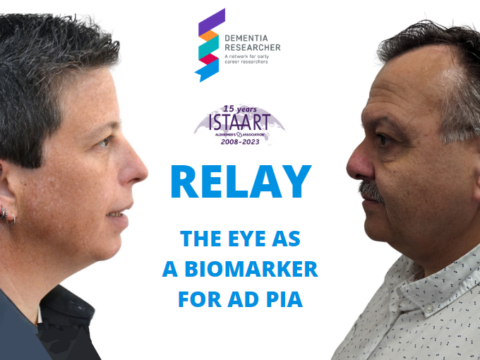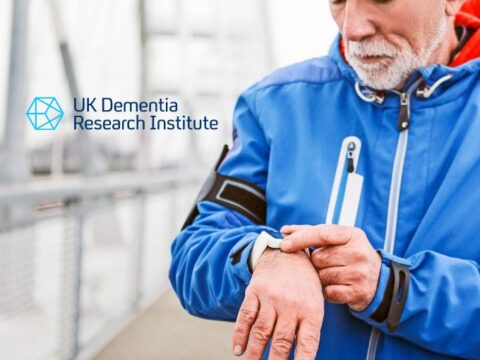
A new study supported by NIHR’s Biomedical Research Centres (BRCs) has found that eye scans can identify signs of Parkinson’s disease up to seven years before symptoms may appear. The researchers hope this new technique could eventually offer a way to pre-screen people who might be at risk of the disease.
The study was led by Moorfields Eye Hospital and UCL Institute of Ophthalmology. It is the first time anyone has shown these findings several years before diagnosis and is the largest study to date on retinal imaging in Parkison’s disease.
The team used artificial intelligence to analyse hundreds of thousands of eye scans to pick up changes in the retina (the light-sensitive tissue at the back of the eye). Researchers suggest these ‘retinal markers’ could help to diagnose Parkinson’s disease earlier, enabling people to receive treatment and make any appropriate lifestyle changes before symptoms appear.
This study highlights excellent collaboration between several NIHR BRCs:
- NIHR Birmingham BRC
- NIHR Great Ormond Street Hospital BRC
- NIHR Moorfields BRC
- NIHR Oxford BRC
- NIHR University College London Hospitals BRC
Siegfried Wagner, clinical research fellow at Moorfields Eye Hospital, UCL Institute of Ophthalmology researcher and principal investigator for this and several other AlzEye studies, added: “I continue to be amazed by what we can discover through eye scans. While we are not yet ready to predict whether an individual will develop Parkinson’s, we hope that this method could soon become a pre-screening tool for people at risk of disease. Finding signs of a number of diseases before symptoms emerge means that, in the future, people could have the time to make lifestyle changes to prevent some conditions arising, and clinicians could delay the onset and impact of life-changing neurodegenerative disorders.”
About the study
The team analysed two large datasets to identify the retinal markers. They first analysed the AlzEye dataset, a cohort of 154,830 patients aged 40 years and over attending secondary care ophthalmic hospitals in London between 2008 and 2018. The process was then repeated using data from the UK Biobank. This assessed 67,311 healthy volunteers aged 40-69 years who were recruited between 2006 and 2010 and underwent retinal imaging.
This analysis revealed differences in the thickness of the inner retinal cell layer, which appeared to be associated with the development of Parkinson’s. The research was published in the journal Neurology.
The power of ‘oculomics’
The findings from this study add to growing evidence that the use of eye scan data could help detect neurodegenerative conditions. This follows recent findings that this technique could help identify signs of Alzheimer’s and multiple sclerosis. All of these studies form an emerging and exciting field of research known as ‘oculomics’. Eye data has also been able to reveal a proneness to high blood pressure, and cardiovascular disease including strokes, and diabetes.
The ‘window’ to the rest of the body
Doctors have long considered the eyes to be the window to the body’s wider health. As a result, high-resolution images of the retina are now a routine part of eye care. In particular, a 3D scan known as optical coherence tomography (OCT) is widely used in eye clinics and high street opticians. In less than a minute an OCT scan produces light waves to take cross-section pictures of the retina. This is an area of nerve tissue at the back of the eye that senses light and sends signals to the brain.
These images are extremely useful for monitoring eye health. OCT is also the only non-intrusive way to view layers of cells below the skin’s surface. In recent years, researchers have started to use powerful computers to accurately analyse large numbers of OCTs and other eye images, in a fraction of the time it would take a human. Using a type of AI known as ‘machine learning’, computers are now able to uncover hidden information about the whole body from these images alone. Harnessing this new potential is what oculomics is about.
Alastair Denniston, consultant ophthalmologist at University Hospitals Birmingham, professor at the University of Birmingham and part of NIHR Moorfields BRC, said: “This work demonstrates the potential for eye data, harnessed by the technology to pick up signs and changes too subtle for humans to see. We can now detect very early signs of Parkinson’s, opening up new possibilities for treatment.”
Originally Published: 22 August 2023 on the NIHR Website

 Print This Post
Print This Post




